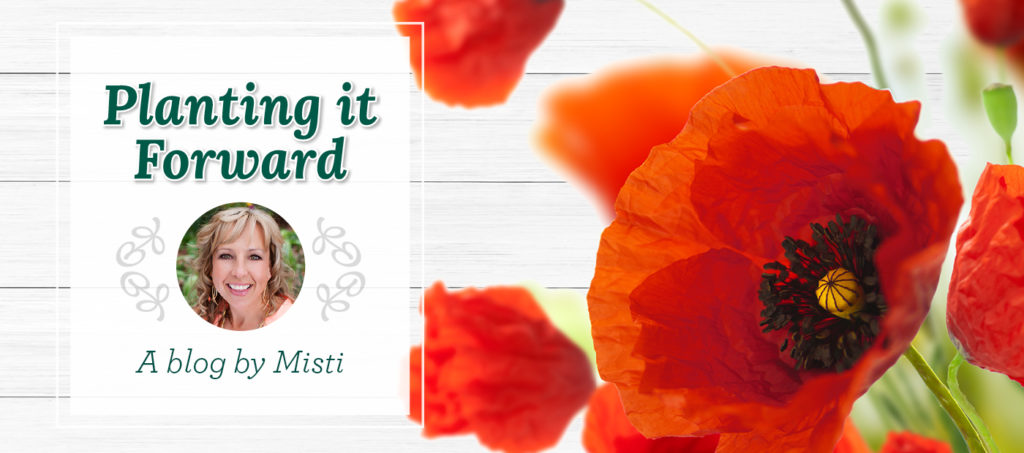 Today I want to have a serious talk with you about the birds and the bees.
Today I want to have a serious talk with you about the birds and the bees.
No, not that talk. That talk you probably had years ago and, in any case, I’m not your Mom.
All joking aside, birds and bees (and butterflies) do need to be discussed seriously because they face incredibly challenging times. Pollinators are responsible for one out of every three mouthfuls of food we eat, but their numbers have been in serious decline for decades.
The Monarch Butterfly population has plummeted by something like 90 percent, mostly due to the loss of milkweed along their migratory route. Bee colonies have collapsed, victims of loss of habitat, pesticides and disease. The U.S. Fish & Wildlife Service says more than 20 species of pollinator birds are on the Endangered Species list.
But together, we can help, either by creating more gardens or making some changes in existing gardens so they are more friendly to birds, bees and butterflies.
You can expand pollinators’ garden habitats by planting at least three different pollinator-friendly plants that bloom in three different seasons (spring, summer and fall) to help ensure a consistent food supply.
Towards the end of summer and beginning of fall, your best pollinator attractors include: Rudbeckia, Gaillardia, Catmint, Coreopsis, Agastache, Monarda, Lavender, Penstemon, Yarrow, Echinacea, Summer Phlox, Trumpet Vine, Russian Sage and, of course, Butterfly bushes.
Adopting some other strategic choices in your garden will help pollinators thrive as well. You can:
- Create habitats for pollinators by supplying necessary water, food, shelter and places to raise their young. A great example is a “bee condo,” which you can make or purchase.
- Plant in clumps as clustering plants makes them easier to find and shortens the need for travel, reserving the energy of backyard pollinators.
- Choose a variety of colors and shapes, as different pollinators are attracted to different types of flowers. (For example, flat petal flowers for butterflies, who “taste” with their feet; funnel-like flowers for hummingbirds; yellow and blue flowers for bees, who have difficulty seeing red.)
- Use pollinator-safe pesticides and follow the directions for use carefully.
Warner’s locally grown native plant selection, as well as all the other quality plants from our nursery, provide multiple food sources for pollinators. Not only will they keep your local pollinators well fed, they’ll also keep your garden and yard looking lovely too.
Stop by and let us know if we can help.
Happy Gardening,
Misti